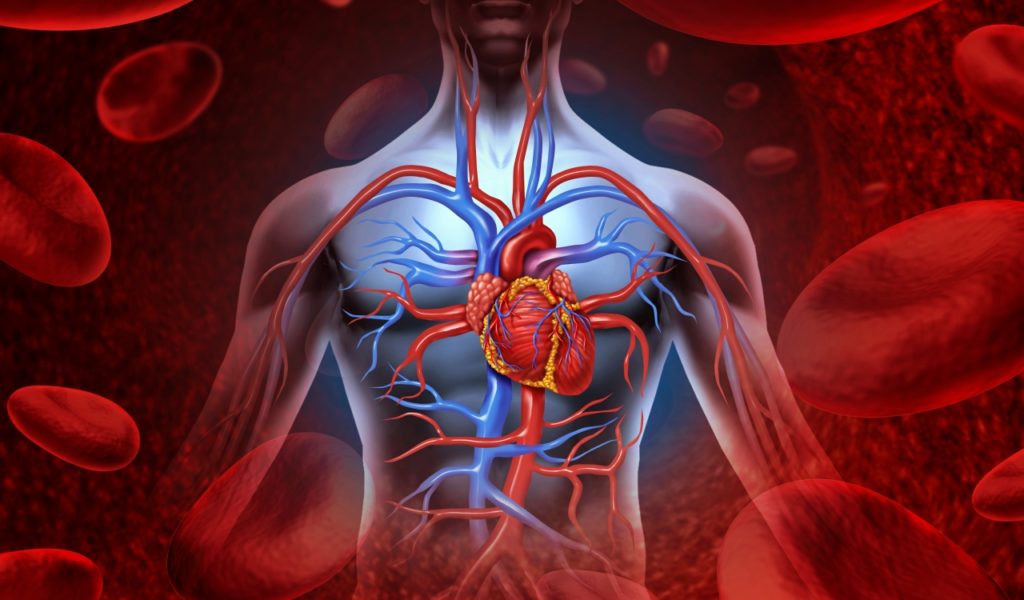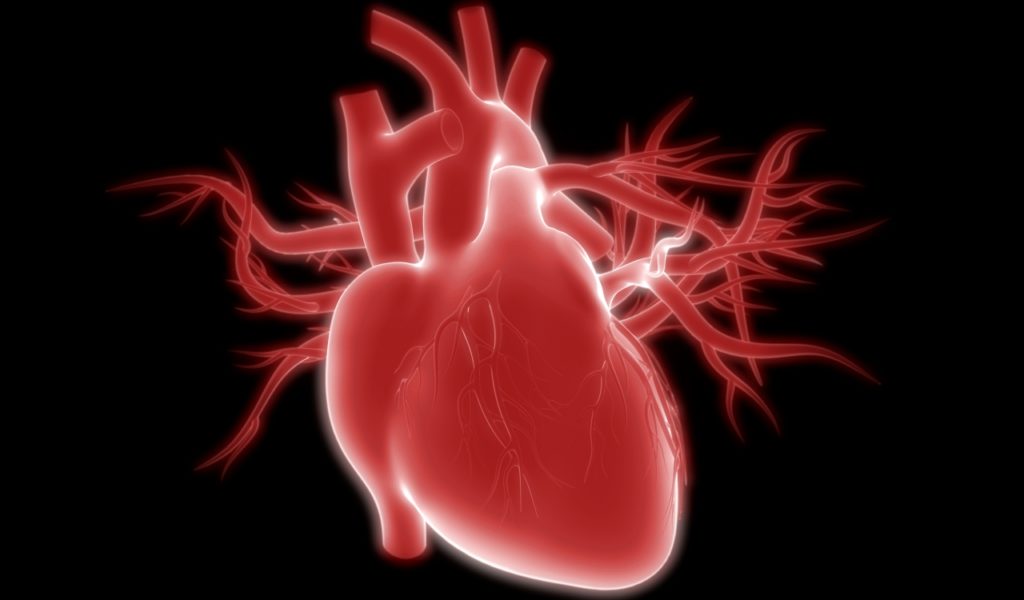Heart attacks will often differ in severity, but the more you have…the greater chance of death. However, what if you could heal from the damage one causes? This might be possible in the near future, as a new biomaterial has proven to be quite successful in recent studies.
For those unaware, heart attacks kill cardiac muscle tissue. This goes on to scar the heart and leave permanent damage after only six hours. Of course, this damage causes problems with the heart and prevents it from functioning properly.
If there was some way to begin healing the heart after a heart attack, doctors would start to administer this in hospitals as soon as possible. Ideally, it would prevent scar tissue from developing at all.
The University of California, San Diego Bioengineer Karen Christman wanted to find a way to do this and has been working on it for a while. Together with a team of researchers, she might have landed on a way to do this.
The New Biomaterial

Christman and the researchers managed to create a new biomaterial. After doing so, they tested it on rodents and pigs. Within these studies, the biomaterial actually repaired tissue damage and reduced inflammation directly after a heart attack.
This is pretty impressive and shows that there could be some success for humans too. For those unaware, we actually use things like pig valves to replace our own heart valves sometimes. Especially for those who have a heart issue and have to remove their own.
Therefore, showing success with pig hearts is a very big deal. The added research involving rodents further helped Christman and her team. Of course, researchers have found other things that have helped people in the past using stem cells.
In 2016, it was found that stem cells derived from body fat could be used to heal bones, muscles, and the heart. Yet Christman wanted to work with the extracellular matrix. These are the lattice of proteins that provide structural support to the cells in cardiac muscle tissue.
Just like with stem cells, they too have regenerative abilities. However, they come at a fraction of the cost!
The Shocking Way This Extracellular Matrix Worked

Back in 2009, Christman’s team managed to produce a hydrogel using particles from the extracellular matrix. Trials in rats and later on with humans showed that this material bonded to damaged areas and promoted cell repair & growth.
However, the hydrogel is made up of relatively large particles. Therefore, if it was to be used for the heart, it would need to be added via a needle. This can be quite risky to do according to Christman because “poking the heart with a needle could set off arrhythmia.”
Thus, in order to use this treatment, doctors would need to wait a minimum of two weeks until the heart is stable enough to avoid irregular heartbeats. Of course, this is a huge issue because by then, scarring would have already taken place.
This led the team to take their previous hydrogel and remove the larger particles with a centrifuge. This left only the nanoparticles, and they’d add water to dilute the mixture. The result was a material thin enough for doctors to deliver via heart blood vessels intravenously.
Based on the size of these nanoparticles, the team actually expected the mixture would slip through gaps in the cardiac blood vessels that were caused by a heart attack and then adhere to the surrounding tissue. It would then create a protective barrier while the heart healed up.
Yet this is not exactly what they saw in animal experiments. In these studies, the team found that their extracellular matrix material bound to the leaky vessels, thereby preventing some inflammatory cells from moving into the heart tissue at all to cause damage.
This material reduced inflammation in the heart, stimulating the healing process by encouraging cell growth.
The Future Of Its Use In The Human Heart & Beyond

Obviously, this is incredible as their biomaterial did far better than they thought it would. That only makes it critical for human trials as soon as possible. Of course, one cannot just jump to human trials even when successful animal studies have been conducted.
Right now, there are still a few safety moves the team is making before they will begin human clinical trials. However, their first trial will likely focus on repairing cardiac tissue post-heart attack. Christman is heavily motivated to get things out of the lab and into the real world as soon as possible though.
While the heart might be the main focus right now, clearly this material has shown to be pretty helpful in leaky blood vessels. Thus, we could very well see it used in blood vessels involving other hard-to-access organs. That even includes the brain after things like a traumatic brain injury or TBI.
The brain is clearly a big step, so more tests will be needed before they will ever move in this direction. Yet if things prove safe, it could be critical for those who experience a TBI. Helping by preventing major headaches and healing things to prevent cognitive or memory issues.